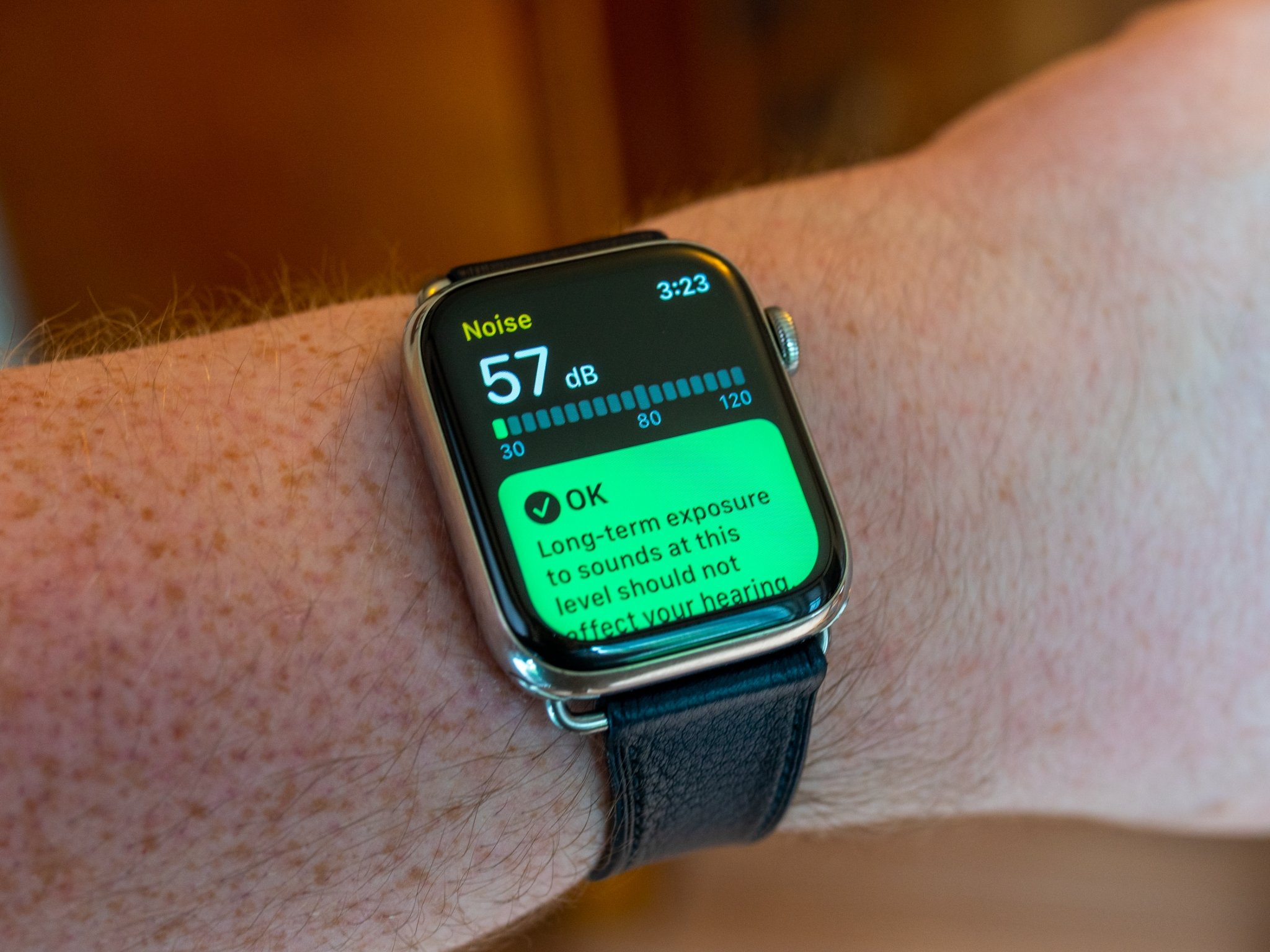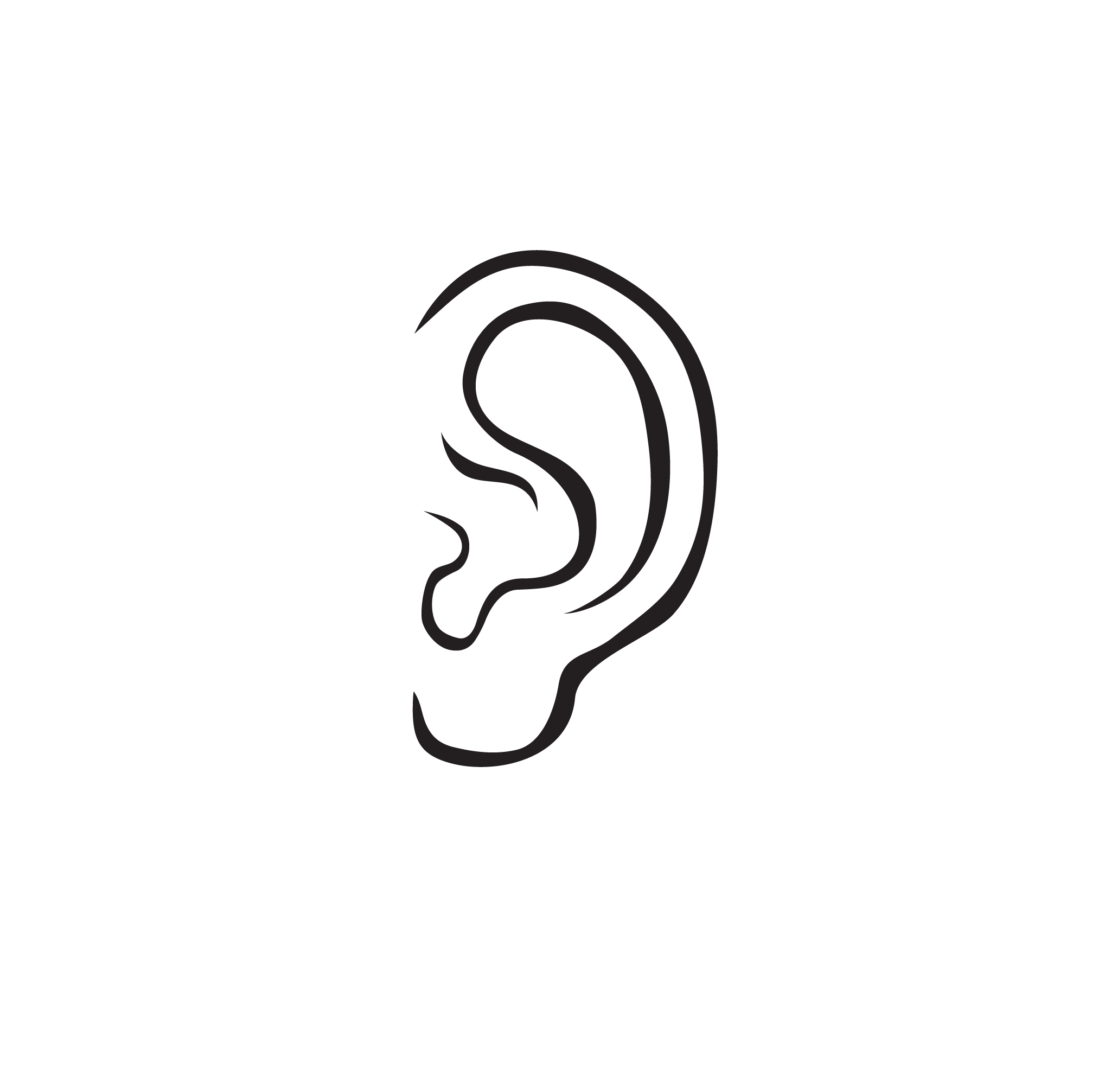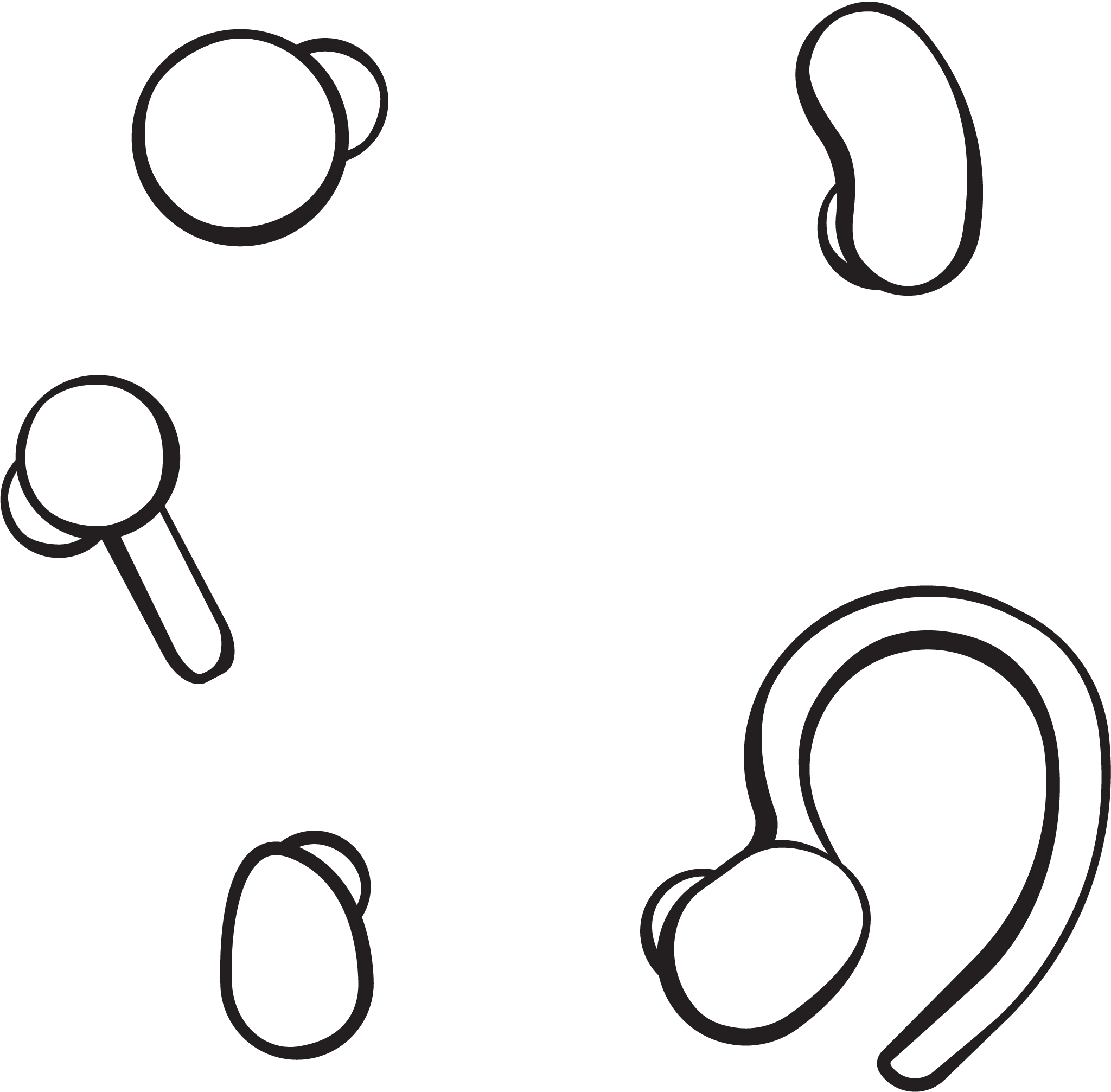How Apple Watch Noise app can make you aware of potential hearing damage

One of the more interesting areas of health that Apple has been exploring in the last couple of years is hearing. In iOS 13 and watchOS 6, Apple introduced new hearing health-related features through a hearing section in the Health app and the Noise app on Apple Watch.
The Noise app listens to the sounds of your ambient environment showing you on a bar in real-time how loud the world around you is. The app also has a breakdown of what levels of sound can actually harm your hearing if you're exposed to them for a certain period of time. It's a great and glanceable way to see how your environment might be impacting your health.
What the Noise app is
Noise is an app on the Apple Watch, and it also has a live-updating complication that you can add to your watch face.
The primary feature of the app is the live measurement of environmental sound. You'll see a segmented bar readout that offers a color-coded look at noise levels, while the numerical decibel (dB) readout provides a more specific view of things. Below this, you'll see a colored block of text, either green or yellow. This text block details exactly what harm (or not) the level of sound you're currently exposed to might do, with a Learn More button that you can press to get a detailed breakdown.
If you're in a healthy sonic environment, the segmented bar is mostly gray, filling with color left to right as sound increases. Below 80dB, everything should stay in the green, which means that continual exposure to that level of sound shouldn't damage your hearing. But if your bar turns and stays yellow, hitting 80dB or above, it's good to find a way to take a break from that level of noise. Crucially, you'll also get alerts from your Apple Watch if you're in an environment with a sustained noise level of 80dB+.
Why this matters
When we think about our health, we're more likely to think about things like weight, cholesterol, or exercise. Likely, a lot of us don't put too much thought into our hearing health. It's been my experience that people seem not to fuss too much about their hearing health until it becomes a problem, which could be too late.
This is why the Noise app is such a great feature. It takes something that you might not give much attention and, even if you don't visit the app every day, taking better care of your hearing is now on your radar. It also makes this information easily accessible, both through the app and the complication.
Master your iPhone in minutes
iMore offers spot-on advice and guidance from our team of experts, with decades of Apple device experience to lean on. Learn more with iMore!
Also, the app offers alerts if you're in sustained loud sound conditions, which also means that, if you do have to go into a noisy environment, your Apple Watch can alert you when you've been there too long. Alerts are an excellent tool for keeping track of what damage you might be doing to your hearing in the long run.
And while it's not strictly in the Noise app, your iPhone can pitch in, too. Sustained loud listening to loud music through headphones can be a source of long-term damage to your aural health, believe it or not. Thankfully, in iOS 13, the Health app can track the noise levels of your headphones, graphing the overall level and showing your average exposure. This is another great feature for keeping your hearing in tip-top shape.
Coming down the road
With watchOS 7 and iOS 14, coming later this year, Apple's hearing health tools are about to get even better.
Starting with the Apple Watch and watchOS 7, you'll be able to get alerts when you've reached the World Health Organization's recommended dose of listening through headphones at your chosen volume, assuming the volume at which you listen has such a dose. Once you get this alert on your watch, your headphone volume level can be automatically reduced. You can also now set a maximum headphone volume directly on your Apple Watch. This feature is also coming to the iPhone.
The Noise app, while mostly unchanged, will now send more hearing health data to the Health app on your iPhone. You'll be able to see how loud your listening habits have been throughout the week, and the data aggregated includes both environmental noise and listening through headphones.
The iPhone is also borrowing some features from the Noise app in iOS 14 while adding their own spin. Now, in Control Center, you can add a Noise button which, when pressed, will show you a live view of the sound level of connected headphones. While Apple says that the Live Listen feature works best with AirPods, it will work with third-party headphones. It shows the same live graph that the Noise app does, and it's a great way to keep an eye on your hearing health.
Especially on the Apple Watch, these are all meaningful updates to features that were only added a year ago. It's great to see Apple's continued commitment to this area of health, one we often take for granted.
Take care of your hearing
Do you make use of the Noise app on the Apple Watch, and has it helped you take better care of your hearing? Let us know in the comments.
More navigation links:
Headphones


Apple
- Spatial audio in AirPods Pro
- Noise app and hearing damage
- How to EQ on iPhone
- Apps for EQing
- Fake AirPods
- Should iPhone users buy Pixel Buds?
- Should iPhone users buy Microsoft Surface Buds?
Android
- Android Central's favorite headphones
- How little can you spend on earbuds and still enjoy them?
- Are AirPods good for Android?
- Spatial audio and Android is here
- EQ settings for Android
- Earbuds are changing how we consume audio
Windows
- Windows Central's favorite headphones
- AirPods and Windows
- Headphones for PC gaming
- Should PC owners buy Pixel Buds?
- Should PC owners buy Galaxy Buds+?
- Should PC owners buy AirPods?
- How to pick the right Xbox headphones
Remote video/audio
Comparisons
Joseph Keller is the former Editor in Chief of iMore. An Apple user for almost 20 years, he spends his time learning the ins and outs of iOS and macOS, always finding ways of getting the most out of his iPhone, iPad, Apple Watch, and Mac.

